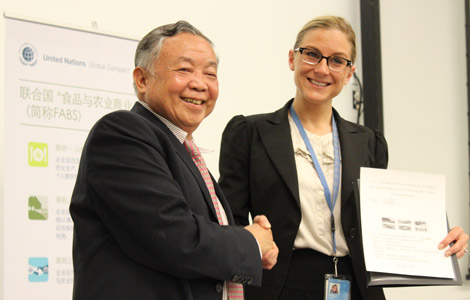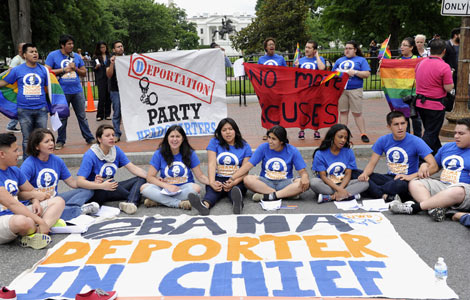Beijing, neighbors to upgrade green efforts
Updated: 2014-06-11 20:33
(Xinhua)
|
||||||||
BEIJING - Beijing is working with its surrounding areas to forge stronger cooperation to clean up the air in the region, which is notorious for choking smog.
China's capital city and neighboring Tianjin and Hebei, along with Shanxi, Inner Mongolia and Shandong, plan to establish an expert committee to analyze root causes of air pollution and launch research in air-cleaning technologies. The announcement was made by Li Lixin, an official with the Beijing Municipal Environmental Protection Bureau, on the sidelines of an international exhibition promoting the green economy.
|
 China to ditch dirty vehicles |
|
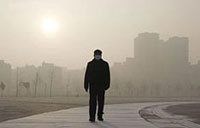 |
The 8th China (Beijing) International Energy Conservation and Environmental Protection Exhibition, which was held from Sunday to Wednesday, coincided with a week-long government-backed campaign for green living.
Beijing, Tianjin and Hebei will also work together to tackle nitrogen oxide, a harmful pollutant plaguing the region, said Li, who heads regional coordination in combating air pollution with the bureau.
They will enhance cooperation in law enforcement to prevent those who break regulations on emissions and coal use from fleeing to other areas to avoid punishment, she said.
Beijing, Tianjin and Hebei decided to form an alliance after a national action plan was issued in September by the central government to tackle air pollution.
As required by the document, the Beijing-Tianjin-Hebei region should cut PM2.5, a key indicator of air pollution, by 25 percent from 2012 levels by 2017.
The plan said all vehicles in major cities of the region should use fuels, including gasoline and diesel, in line with China's leading Guo-V standard by 2015 and remove heavy-polluting "yellow-label" vehicles registered before 2005 from roads by the same year.
The region has also been told to achieve negative growth in coal consumption and replace coal-fired boilers, kilns and power plants with natural-gas-fired ones by 2017.
The careers of local officials will be linked with their performance in implementing the plan, according to a detailed regulation released in May. Provincial governments will be assessed annually by 2017.
Beijing, Tianjin and Hebei have also rolled out their own schedules to address pollution. But concerns have been raised that the capital may shift its sources of pollution to neighboring areas.
Beijing has promised this will not happen. "We won't transfer polluting and high-emission companies and industries to other places, but will eliminate them here," said Liu Bozheng, an official with the Beijing Municipal Commission of Development and Reform, at the forum.
Li said the Ministry of Environmental Protection and the Ministry of Industry and Information Technology are expected to unveil 10 policies later this year, including a development plan on promoting clean-energy vehicles, to help fight pollution in the Beijing-Tianjin-Hebei region.
The joint efforts will boost the development of a low-carbon economy, as high-carbon energy resources are a major cause of air pollution, Yu Jianhua, another official with the Beijing Municipal Environmental Protection Bureau, said at the forum.
However, China fell behind its energy saving targets set by its 12th Five-Year Plan (2011-2015) and work is needed to keep up with the schedule, said Xie Zhenhua, vice minister in charge of the National Development and Reform Commission, on Monday.
China aims to reduce energy consumption per unit of gross domestic product (GDP) by 16 percent from the 2010 level by 2015. From 2011 to 2013, the indicator dropped 9.03 percent, accounting for only 54 percent of the overall target while 60 percent should have been completed, he said.
Last month, a plan outlining efforts to reduce emissions and save energy in 2014 and 2015 stipulated that energy use per unit of GDP must drop by 3.9 percent annually this and next year.

 2014 Electronic Entertainment Expo kicks off in LA
2014 Electronic Entertainment Expo kicks off in LA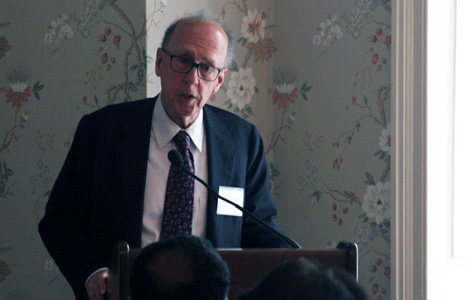
 China, US should rebalance economic strategies: expert
China, US should rebalance economic strategies: expert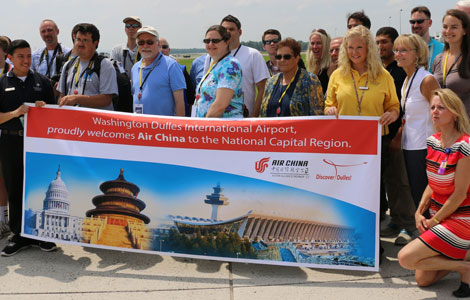
 Air China makes maiden direct flight to Washington
Air China makes maiden direct flight to Washington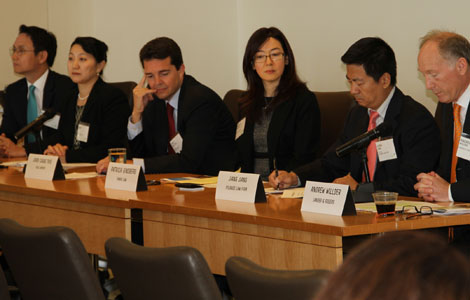
 China's reforms offer opportunities, challenges: panel
China's reforms offer opportunities, challenges: panel
 Chinese-American Girl takes over Google's homepage
Chinese-American Girl takes over Google's homepage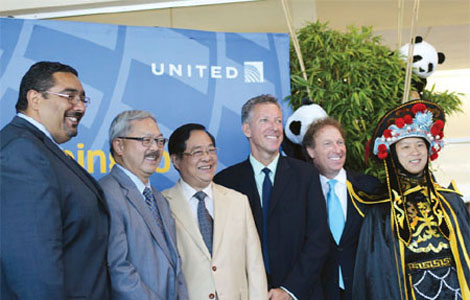
 United goes direct to Chengdu
United goes direct to Chengdu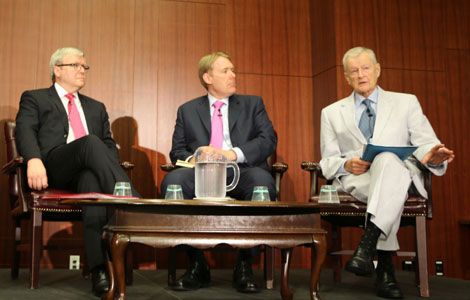
 China-Russia-US triangle discussed in Washington
China-Russia-US triangle discussed in Washington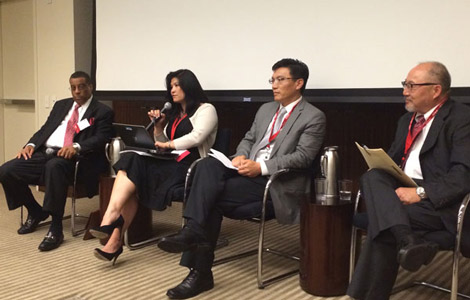
 Asian Americans see moving up US corporate ladder as difficult
Asian Americans see moving up US corporate ladder as difficult
Most Viewed
Editor's Picks

|

|

|

|
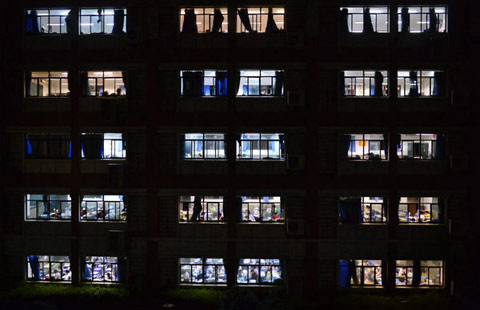
|
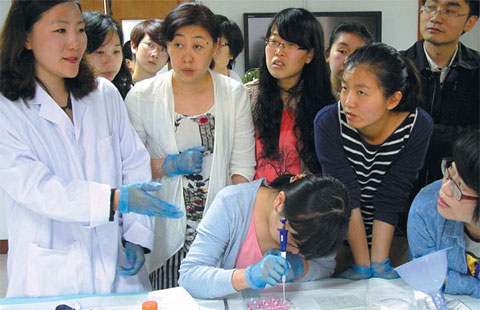
|
Today's Top News
China rejects US accusation of cyber attacks
Teen gunman kills student in US
Clinton tests waters for WH run in book tour
US businesses ramped up job searches in April
House panel bars US funds for Guantanamo transfers
China calls for peaceful settlement of maritime disputes
Chinese IPOs lead US offers in returns by 19%
2 dead after high school shooting
US Weekly

|

|
